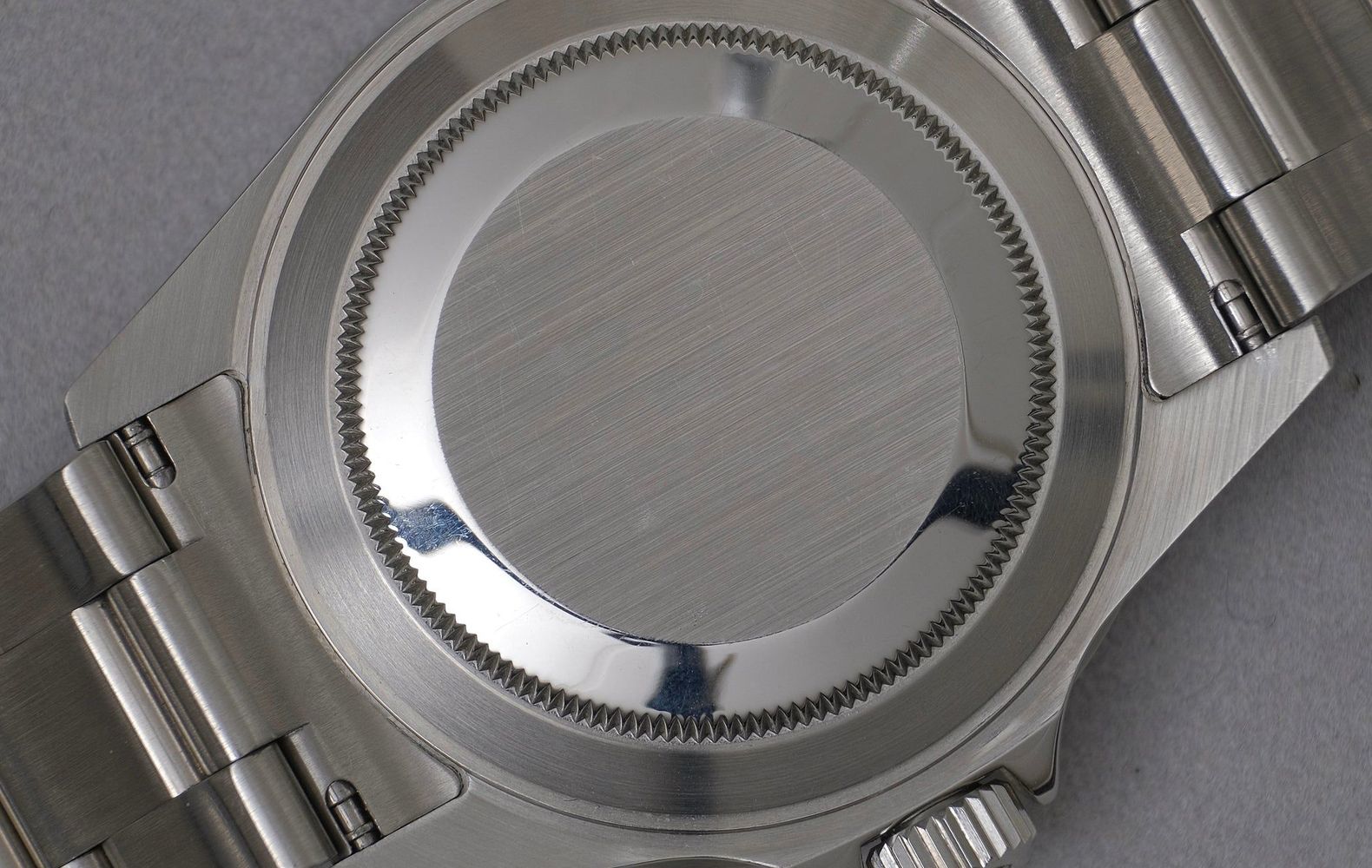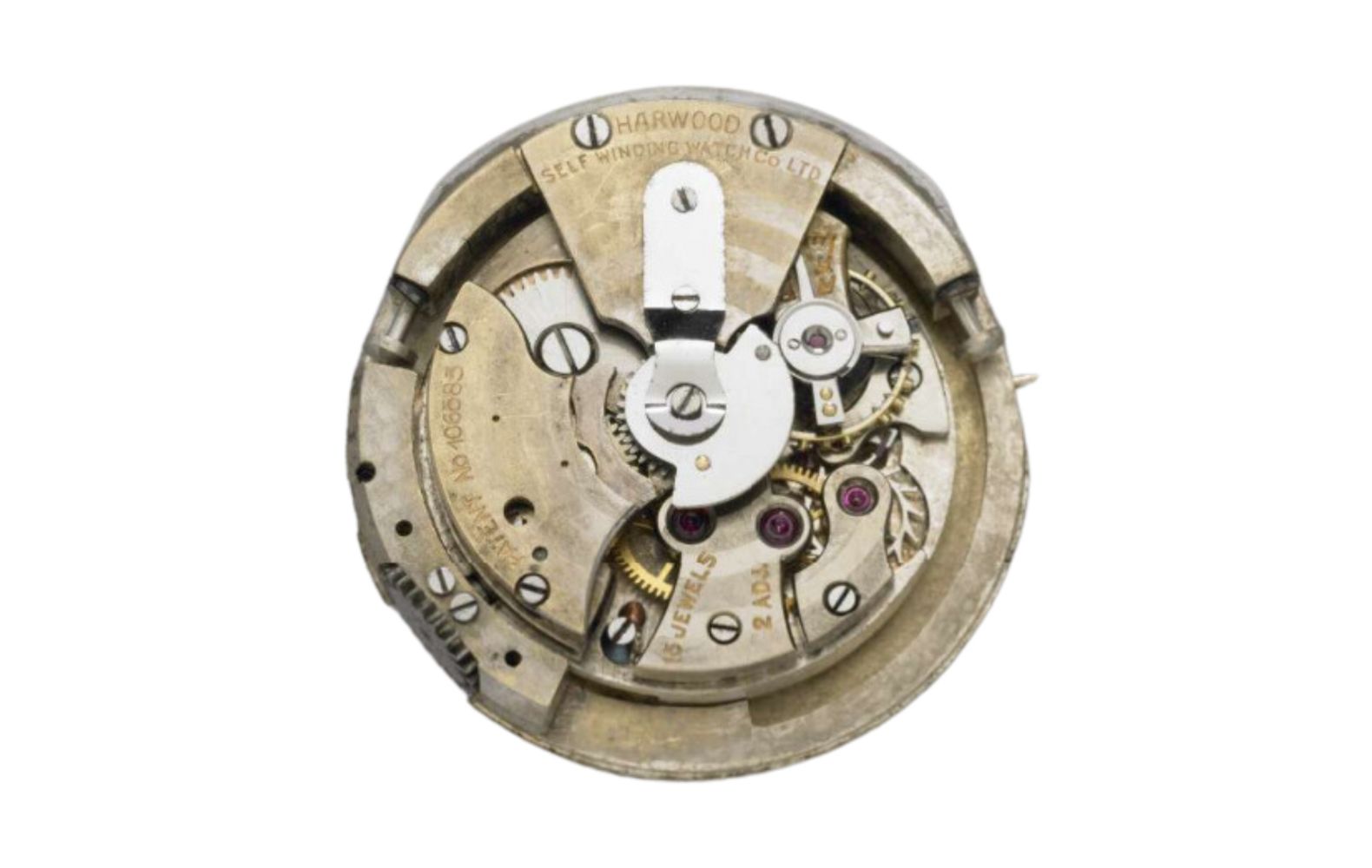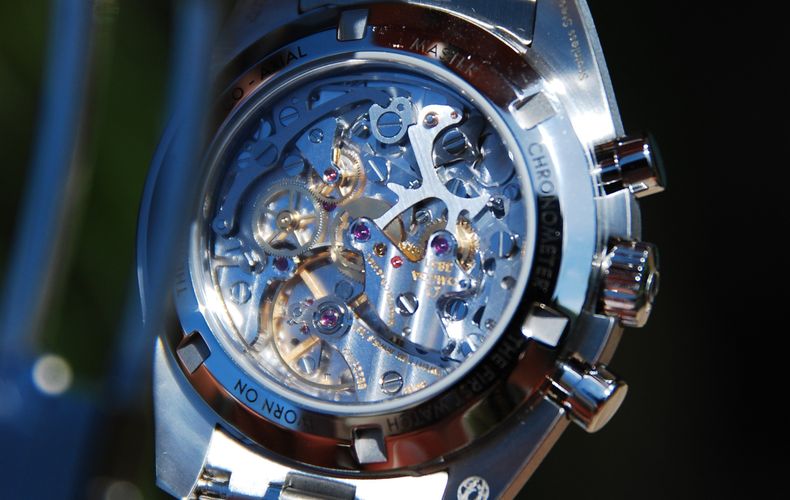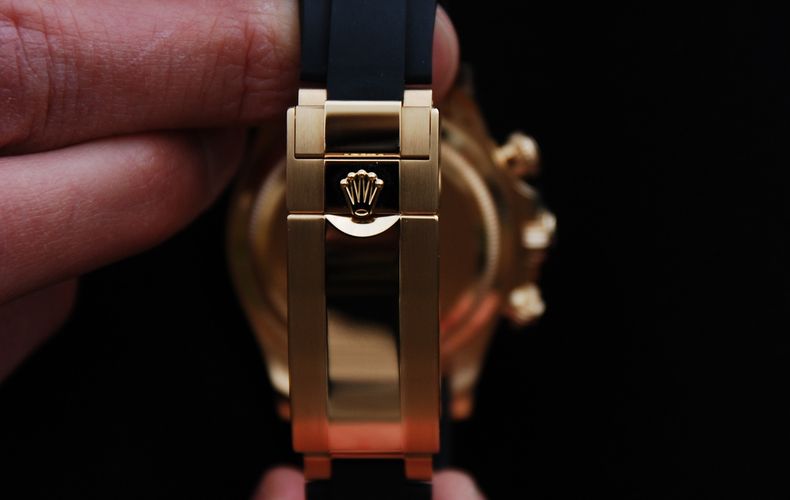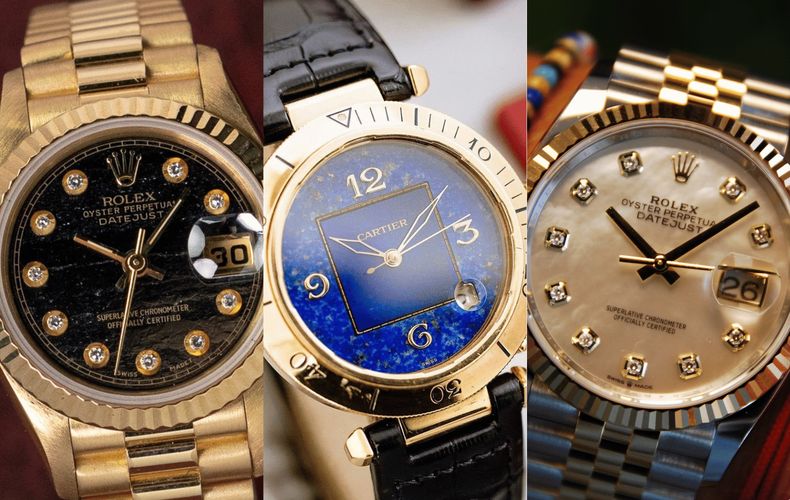What’s an automatic movement?
To be exact: it’s a movement that winds up when there is some natural motion taking place, to make sure your watch keeps running fine. Back in the day, you could only use your watch when it was wounded, with the crown as a mechanical winding mechanism.
Image source: britishmuseum.org




